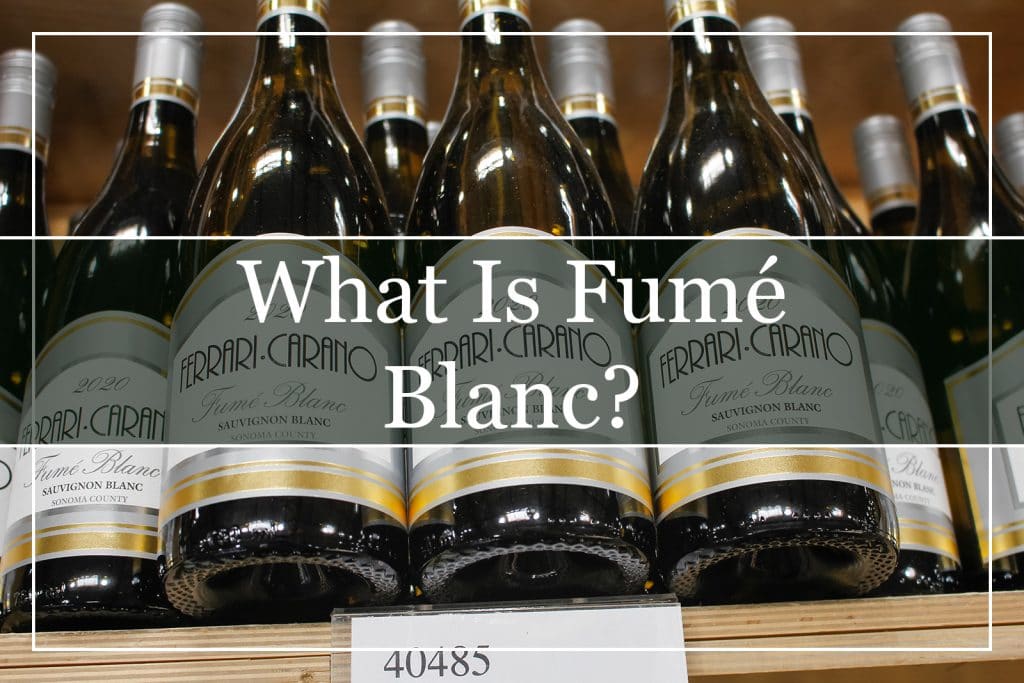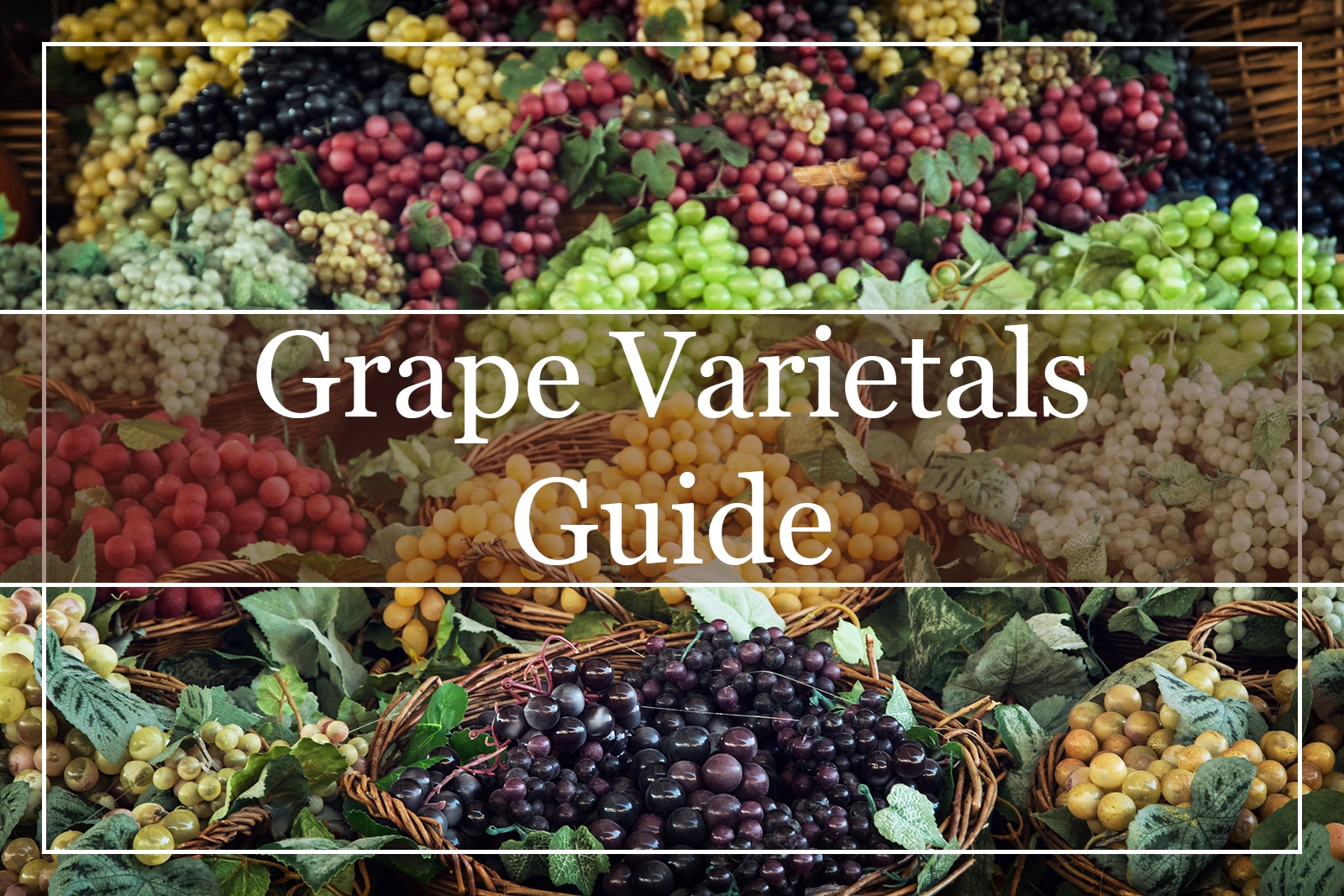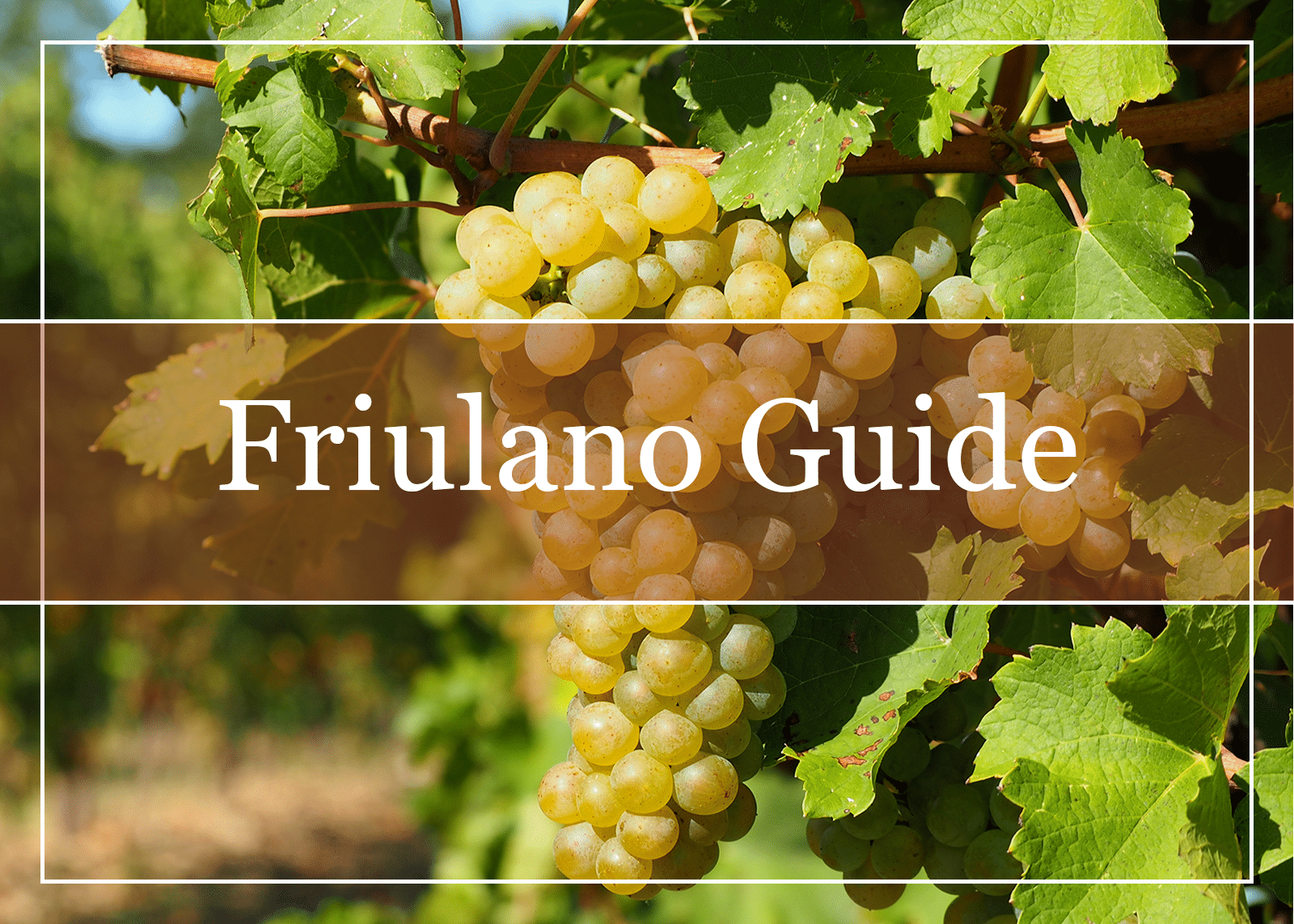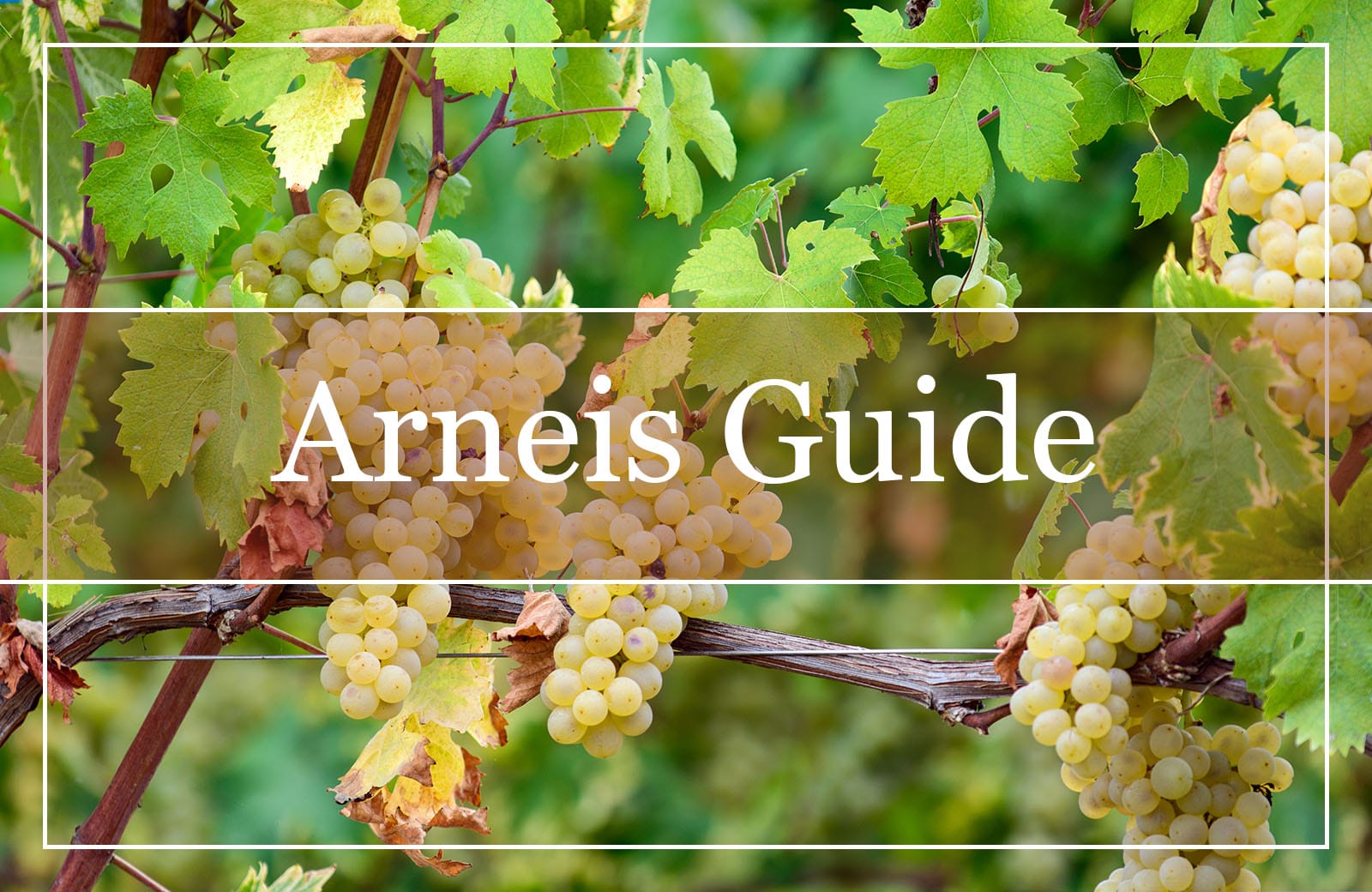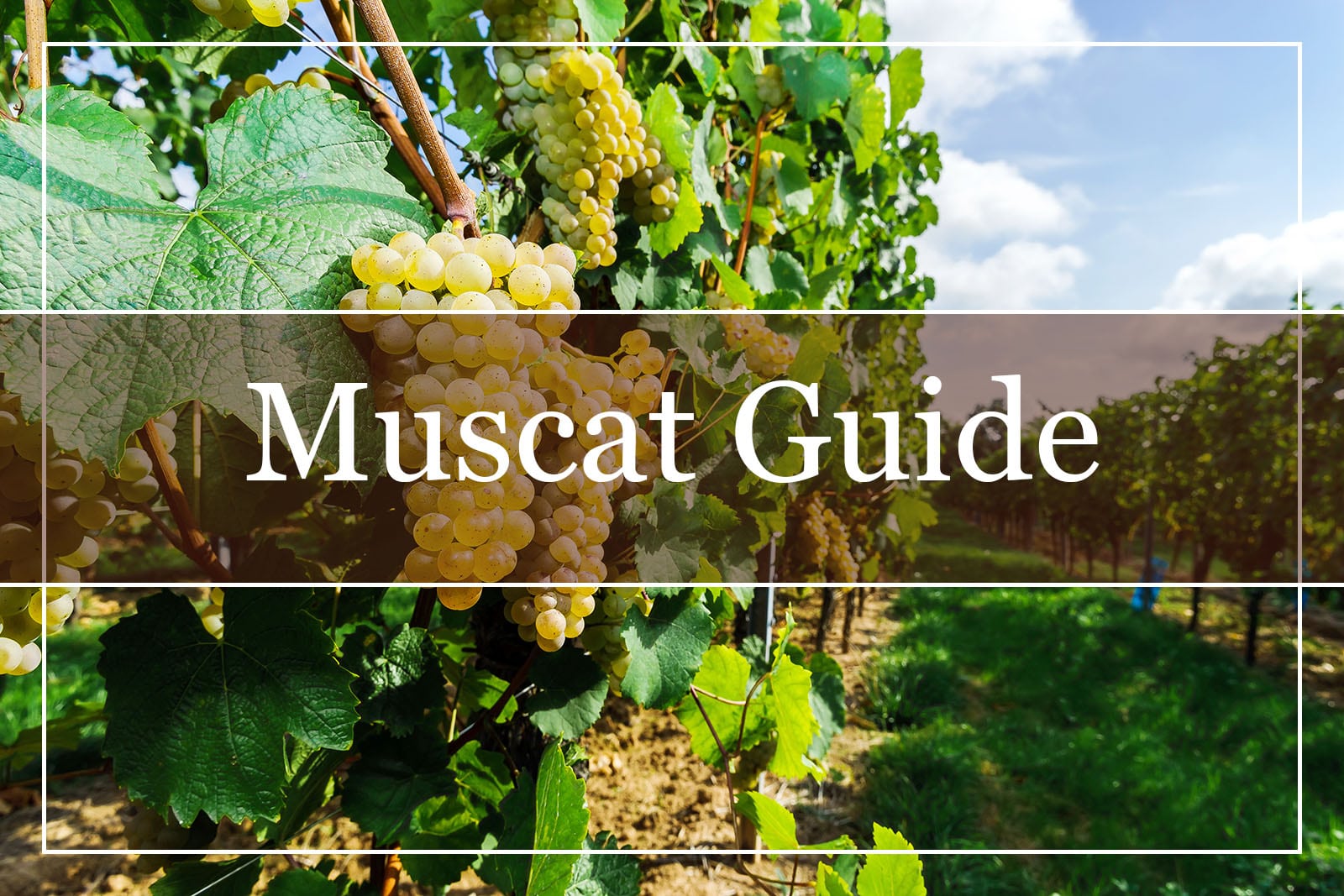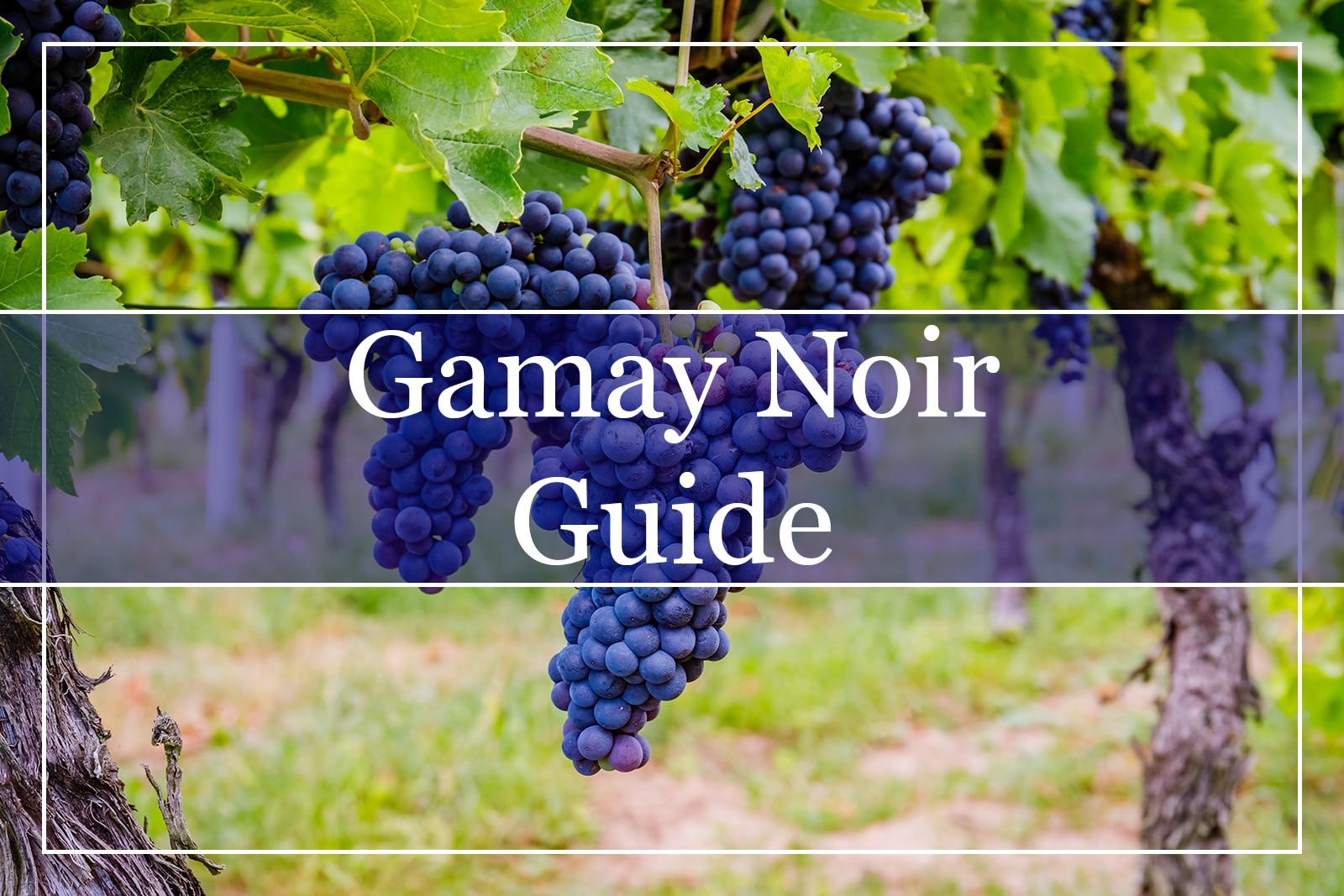Fumé Blanc is a mostly oaked, dry white wine introduced to the American market by winemaker Robert Mondavi in the 1960s. The legendary winemaker developed this new wine style from Sauvignon Blanc grapes. Back then, Sauvignon Blanc did not appeal to wine lovers due to its challenging pronunciation. Likewise, the fact that the Sauvignon Blanc wines of the time were unbalanced and mediocre, too, was not encouraging.
Mondavi understood the consumer base and believed that he could produce great wine from Sauvignon Blanc. Yet, above everything, he wanted to ensure that the wine would sell well. As he expected, this new wine style rose in popularity rapidly. And although Sauvignon Blanc wine is synonymous with being unoaked today, there are some wineries that regularly produce Fumé Blanc, as well.
What Grape Makes Fumé Blanc?
Fumé Blanc comes from Sauvignon Blanc, as the second part of its name implies. Sauvignon Blanc is an aromatic grape variety with pronounced acidity. It is early ripening and well suited to cool climates where the temperatures preserve the variety’s refreshing character. Most wine regions can produce Sauvignon Blanc, although the Loire Valley in France, and Marlborough, New Zealand, are considered the best. On top of that, Sauvignon Blanc wines from Pouilly Fumé and Sancerre in the Loire Valley show elegance and flavor complexity. The cool climate gives flavors of asparagus with a hint of wet pebbles.
Sauvignon Blanc wines exhibit aromas of elderflower, gooseberry, green apple, and passion fruit. Some display herbaceous notes, too. Sauvignon Blancs from New World countries, including South Africa and Chile, are fresh and fruity with tropical notes. In Margaret River in Western Australia, Sauvignon Blanc is blended with Semillon and offers a less aromatic but fuller-bodied wine.
Furthermore, there are Sauvignon Blanc examples where the winemaker takes a different approach and uses techniques not associated with aromatic varieties, such as in Fumé Blanc’s case. In Pessac-Léognan in Bordeaux, for instance, the wine is fermented and matured in oak for a rounder taste, packed with spicy touches. There, Sauvignon Blanc combines with the non-aromatic Sémillon, which enhances the wine’s richness.
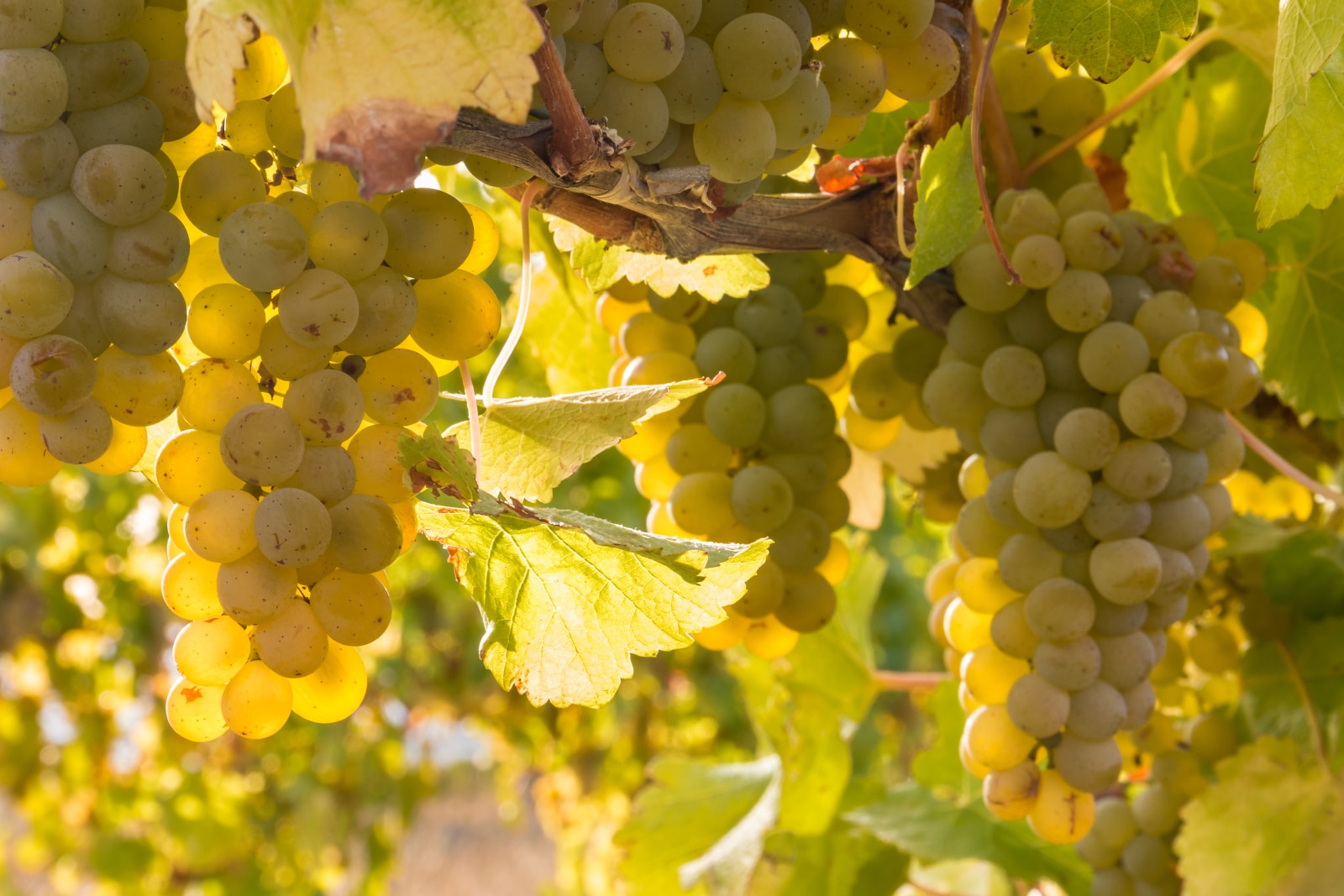
Where Is Fumé Blanc From?
Before being reproduced in the United States, the Fumé Blanc wine style was first crafted in the Pouilly-Fumé appellation of the Loire Valley, France. There, it is known as either Pouilly-Fumé, which derives from Pouilly-sur-Loire, the cru where the wine originates, or Blanc Fumé, the local nickname for Sauvignon Blanc. In French,’ fumé’ means smoky. It indicates the gunflint and toasty aroma that defines the local Sauvignon Blanc wines. This intricate smell is also referred to as ‘pierre à fusil’, translating into flint or rifle stone. This is a principal point of differentiation for local winemakers and a source of pride, too.
The Pouilly-Fumé viticultural zone includes seven communes just on the right bank of the Loire. They run from Saint-Martin-sur-Nohain to the north to Mesves-sur-Loire in the south. Even though these provinces are in Burgundy, Pouilly-Fumé is considered a Loire Valley wine.
But enough of France, as Fumé Blanc is now largely made in the United States. As previously mentioned, during the 1960s, wines made from Sauvignon Blanc grapes were unpopular, as they were considered too sour, too sweet, and unbalanced.
Robert Mondavi
Inspired by the Loire Valley Sauvignon Blanc style, Napa Valley winemaker Robert Mondavi knew he could produce exceptional wines with Sauvignon Blanc grapes. What he did was follow in the footsteps of the French winemakers. He created an oaked Sauvignon Blanc and named it Fumé Blanc, instead of Blanc Fumé, in a savvy marketing move. This wine style had a pronounced oakiness, plush melon flavors, and velvety texture. American consumers loved it so much that Fumé Blanc became a hit immediately.
Despite the success of this Sauvignon Blanc style, Mondavi did not trademark the name. Instead, he petitioned the registration of Fumé Blanc as a synonym for Sauvignon Blanc. In this way, other winemakers began producing Fumé Blanc wines. Sauvignon Blanc might still be more popular today due to its refreshing nature, but many wineries make incredible Fumé Blanc examples, as well.
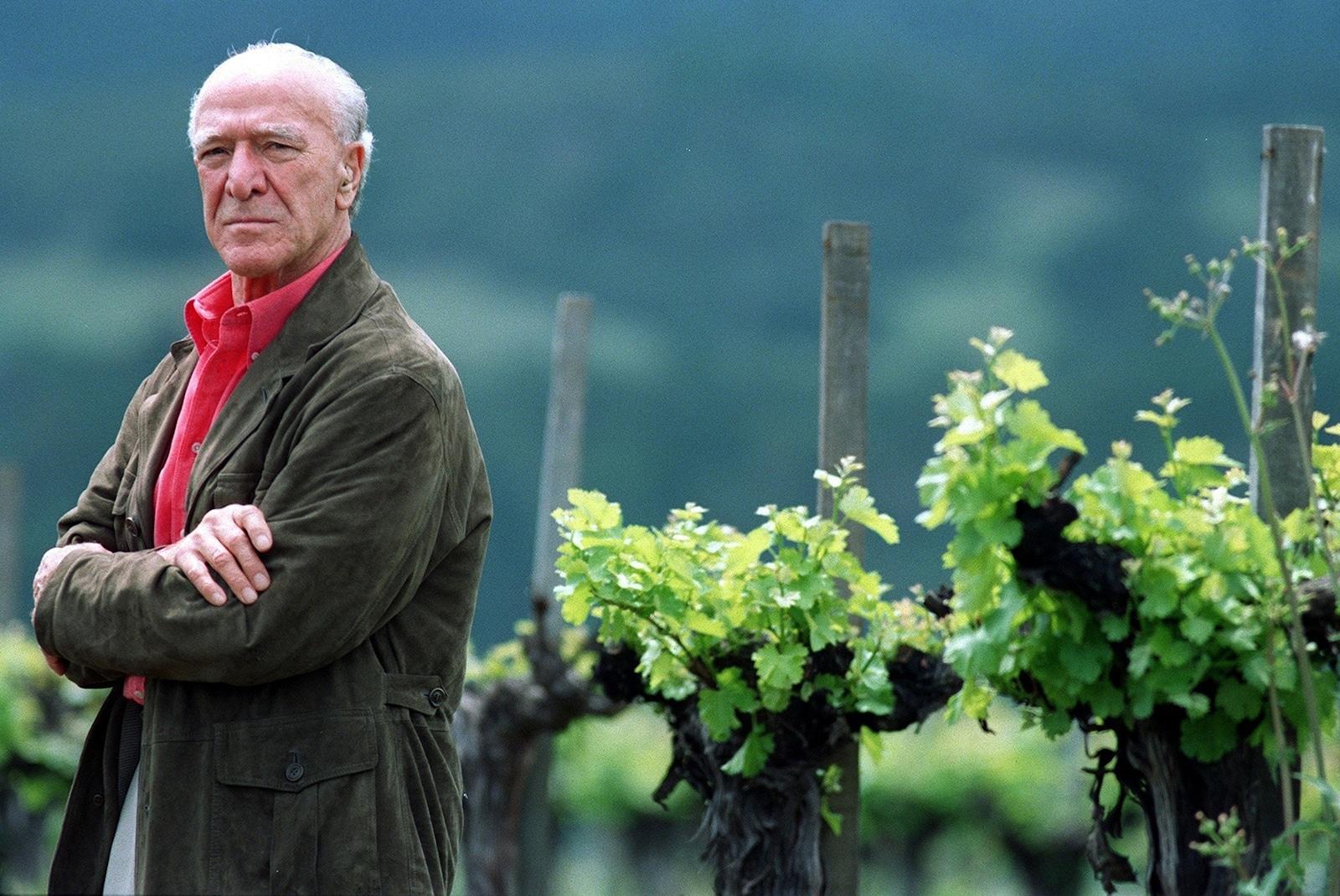
How to Describe Fumé Blanc?
Fumé Blanc refers to the smoky flavors that take place when Sauvignon Blanc wine has aged in oak. As such, Fumé Blanc characteristics highlight the spiciness and smokiness of the flavors. Fumé Blanc retains, for the most part, the variety’s natural acidity, but a more complex and rounded flavor profile develops.
When aged, Sauvignon Blanc changes to creamy and spicy, from crisp and acidic. Similarly, the herbaceous, citrus, and grapefruit flavors change into tastes of charred wood, brioche bread, smoke, and clove. As to the finish, Fumé Blanc concludes the tasting notes with a smooth and spicy aftertaste. Lingering pineapple touches combine with hints of vanilla spice, with clove defining the back palate.
What Is the Difference Between Fumé Blanc and Sauvignon Blanc?
The main difference between Fumé Blanc and Sauvignon Blanc is that Fumé Blanc is aged in oak.
Traditionally, Sauvignon Blanc wines age in stainless steel vessels after fermentation, while the Fumé Blanc ones are aged in oak barrels. The result is that Fumé Blanc has more body than Sauvignon Blanc and a rounder palate.
To create Fumé Blanc in both California and Bordeaux, Sauvignon Blanc is barrel-fermented. Winemakers may choose ambient yeasts for greater complexity of flavors. Fumé Blanc is matured on its lees for many months. During this time, it undergoes malolactic fermentation (MLF), as well. MLF takes place after the alcoholic fermentation has finished, and is carried out by lactic acid bacteria. They convert the malic grape acid into lactic acids, giving the wine a creamy, buttery texture. On top of this, it is common for winemakers to favor new oak barrels, at least, for a proportion of the wine.
Why Was Fumé Blanc Developed?
Sauvignon Blanc was considered a kind of boring grape variety in the United States in the 1960s, used to produce sweet wine to the sweet-toothed American market. So winemaker Robert Mondavi decided to create a new wine style: Fumé Blanc.
Mondavi had once traveled to the Loire Valley of France and was impressed with the local variations of Sauvignon Blanc named Blanc Fumé. Being a sharp businessperson, he decided to create a similar wine style in the US, bringing new life into a grape variety that refused to sell. Considering Mondavi had access to large Sauvignon Blanc plantings, he decided to produce Blanc Fumé wines on American soil. But he did not stop there. To make the wine sell, he changed the name of Blanc Fumé to Fumé Blanc. And he hit the jackpot. The wines took off, and Fumé Blanc became known as one of California’s most highly appreciated wine styles.
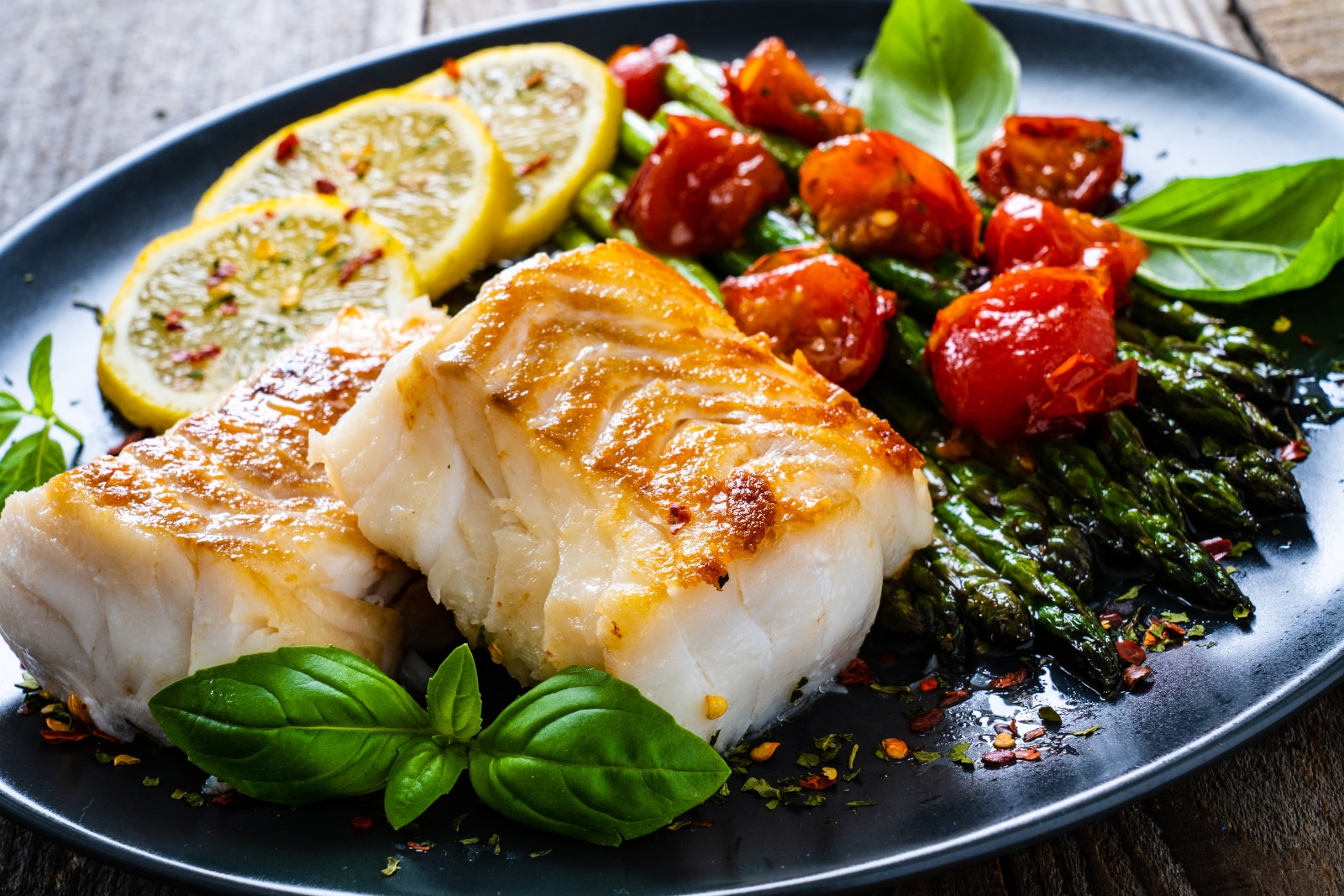
How Long Is Fumé Blanc Aged?
For a Sauvignon Blanc wine to become a Fumé Blanc wine, it has to age in new French oak for about 10 months after fermentation. That said, some winemakers use old oak, too, and depending on the harvest and the winemaker’s desire, Fumé Blanc might age for another 2 years.
Do You Chill Fumé Blanc?
Fumé Blanc may be weightier than a typical Sauvignon Blanc, but that does not mean it should not chill. On the contrary, slightly chilling Fumé Blanc might be the best way to enjoy it, as, by lowering its temperature, the wine reaches its full potential. If the wine is too warm upon service, the alcohol will be more noticeable, while the acidity will taste dull. Too cold, and the flavors and aromatics are muted.
The best temperature to serve Fumé Blanc is 50–55°F (10-13°C). That is achievable by placing the wine in the fridge for two hours or 20-30 minutes in an ice bucket filled with ice and water. And just like most white wines, Fumé Blanc is best served in regular medium-sized white wine glasses. The size of the rim is wide enough to enable a hearty amount of contact between the wine surface and the oxygen in the air, revitalizing the Fumé Blanc’s secondary and tertiary smoky notes.
Now, if you don’t finish a Fumé Blanc bottle, cork it well, and put it back in the refrigerator. The flavors should stay fresh for about 3 days. Beyond that period, the wine will become oxidized, meaning unpleasant vinegarish flavors will develop.
What Food to Pair with Fumé Blanc?
Despite the difference in oakiness, Fumé Blanc and Sauvignon Blanc are almost identical in character and drinkability. As such, you could pair Fumé Blanc with the same foods that you would a regular Sauvignon Blanc. Complement Fumé Blanc, then, with white fish and seafood dishes, as also fruit salads. Foods that might not otherwise be thought of, like spicy Asian, also taste great when served with Fumé Blanc. Likewise, grilled chicken dishes or even heartier tomato-based pasta courses that feature soft, white cheeses make fantastic food pairing choices, as well.
Fumé Blanc Cheese Pairing
Like Sauvignon Blanc, Fumé Blanc is excellent with artisan cheeses, such as Gouda, Cheddar, Havarti, Jack, and Monterey. In addition, the wine is fantastic when paired with alpine-style cheeses, like Swiss, too.

